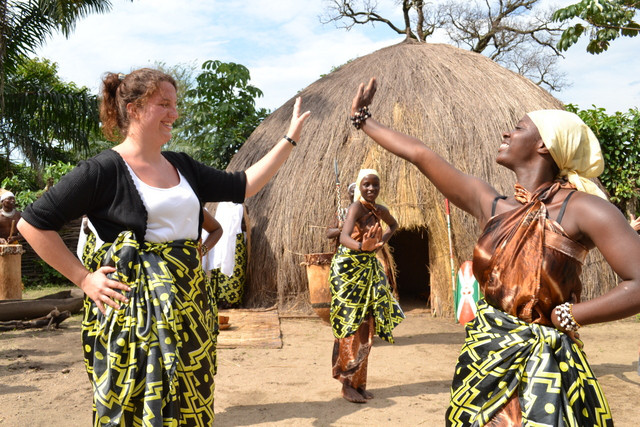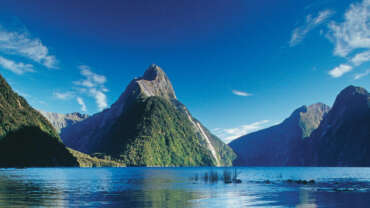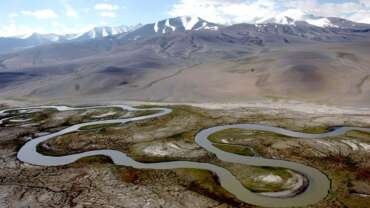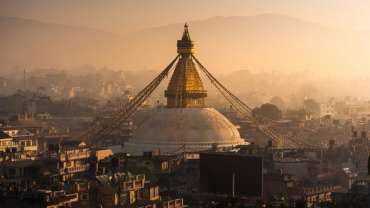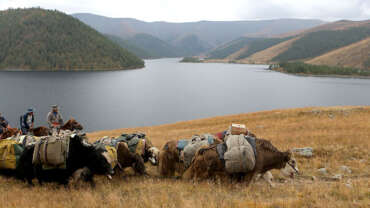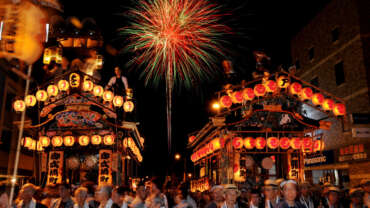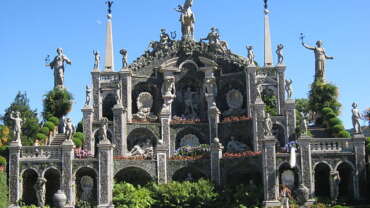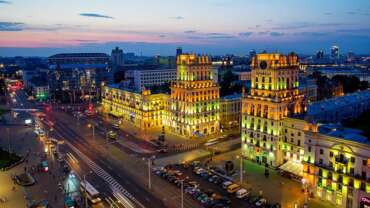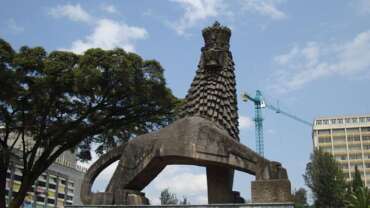Amahoro : Welcome to Burundi !
Burundi, officially the Republic of Burundi, is a landlocked country in the Great Rift Valley where the African Great Lakes region and East Africa converge.
Discover the four corners of Burundi! Climb on top of our hills, walk through our rain forests, navigate our lakes and sunbathe on our beaches. Burundi is the ideal place to spend an unforgettable vacation! Temperatures range from 28⁰C /82⁰ F along the clear, fresh waters of Lake Tanganyika in the lowlands of Bujumbura, but just an hour away in the central plateau region, temperatures average 20⁰C/68⁰ F. The highest mountain areas are cooler, averaging 16⁰C/60⁰ F.
History & Culture of Burundi
Since the 15th century, Burundi was organized as a monarchy around a king known as the Mwami. Burundi has a strong oral tradition, inspiring historians with its legends and tales.
The kingdom rejected all the incursions of the Zanzibar slave hunters before submitting to the Germans in 1897. Mwezi Gisabo surrendered on June 6, 1903, at Kiganda which eventually became an historical site.
Successively a German then a Belgian colony, Burundi became independent in 1962. The assassinatin of the national hero, Prince Rwagasore, on October 13, 1961, marked the end of the monarchy. In 1966, Michel Micombero became the first president of the Republic of Burundi.
The Burundian population is composed of three main ethnic groups (Hutu, Tutsi and Twa). However, unlike what is very often the case in Africa, these groups did not form different cultures. The language Kirundi, as well as most of the social customs, anchors the majority of the population to a territory united since the eighteenth century. Although Burundii has faced challenges in the recent past, the strong base of culture shared by everyone provides the foundation for a people moving forward. The cultural and historical inheritance of the country is extensively rich, especially since there is no written historical record.
In an oral civilization, a whole unique cultural universe reveals itself to those who listen to tales circulating in Burundi as well as to those who are interested in visiting ancient locations full of memories.
Arts & Crafts of Burundi
Crafts are an important art form in Burundi and are attractive gifts to many tourists. Basket weaving is a popular craft for Burundian artisans. Other crafts such as masks, shields, jewelry, painting, wood curving; metal work statues and pottery are made in Burundi.
A visitor has many art and crafts centers to choose in the Bujumbura city center as well as in many of the rural communities where the use of locally made handcrafts is more for basic necessity than for commercial reasons.
Crafts are as well an essential part of the Burundian cultural heritage. Amongst the traditional handicrafts, tightly woven baskets (with lids) are very special. From the twa, there are pottery of all size with some decorated, others not. In addition they produced masks, shields and wooden statues.
Figurative art form is very commonly practiced in Burundi art. The European and Italian imprints is seen in the Burundi works of art like in mosaics. The themes of the designs mainly concentrate on Burundi life but the marks of the western art are also evident. There are many artisan centers in Burundi like Le Musee vivant and Le Musee national. Both of these art centers in Burundi mainly deals with modern art.
A wide range of variety is found in Burundi art. Geometrical figures and various types of designs with beautiful colors and shapes are predominant in Burundi art. Decorative motifs are a very common in the art of Burundi. The Burundi art is visible in pottery, sculpture, bas-relief and wickerwork. The children of Burundi are also engaged in various types of art work. They love wall paintings in which village sceneries and many other beautiful themes are given expression.
With regards to dance, each region, in addition to main dances, has a specific kind of dance and drum. Initially drums were played for royal or religious ceremonies, sacred rituals, and for specific stages of life but more and more drumming has become a form of entertainment.
The Batimbo dancers are very acrobatic and repeat gestures of daily life. Thanks to that rare performance, the Batimbo became famous and while it kept a sacred character in the area of origin, the performance spread to the whole country but with a more cultural rather than sacred character because the ritual did not really exist outside the Gitega province.
Gastronomy of Burundi
For a taste of Burundian food, try the green amaranth ‘Ilenga lenga’ – a name borrowed from DRC – or the cassava leaves stew called ‘Isombe’. Both are healthy vegetables that you might see in other parts of the world or indeed in neighboring countries but cooked differently.
These vegetables can be eaten with any combination of side dishes (rice, green bananas either fried or cooked, fried/cooked potatoes, beans, etc).
Another local favorite is ‘Ubugali’ name derived from the Congolese (DRC) Ugali. In Bujumbura, the most common Ubugali dish is made of dried cassava roots ground into a fine flour. When cooked, it becomes a thick white mash.
Ubugali is served with beef, fish sauces or the aforementioned Ilenga lenga or Isombe. Most restaurants will not have Ubugali on their menu probably because those who try it the first time find it rather bland. Elsewhere in the country, Ubugali from corn or sorghum flours is also popular. Most bars serve basic foods such as brochettes (beef, goat, chicken, etc.), fried green bananas, fries and vegetables.
Faishon in Burundi
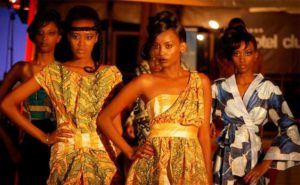
For fashion lovers, Burundi counts a large number of young fashion designers highly inspired by our ancestral bark tree clothing with light touch of modernity.
Most Burundian women use ‘Igitenge’, an African print fabric. In general, women wear these to wrap themselves while at home or to carry their babies on their backs. They also wear it as a complete ensemble, sewn by a tailor. Many women also use this piece of fabric as a wrap shirt, which is paired with a tee-shirt or other type of top.
The women and girls look forward to dressing up for weddings even more. It is essential to find just the right ‘Imvutano’ – which is the traditional dress for the women of Burundi. Very simply made, the imvutano is a three piece outfit made of an average of 3 metres of lightweight fabric. Imvutano serve as symbols of pride and status. It is a beautiful sight to see a line of beautiful Burundian women performing their ceremonial duties dressed in their traditional dress.
As far as men are concerned, most of them opt to have brand new tailor made suits. It may seem sinful for a man to attend a wedding without totally decking out in his Sunday best. At least they have one suit or jacket in their closet, which they wear for important ceremonies already cited. It is worth mentioning the finishing touches of neck and bow ties of all colors, shapes and sizes. The matching shoes sometimes go to a whole new level with men, young and old sporting alligator skin shoes, leather shoes and trainers ; these in a rainbow of colors.Teenagers from the capital preferring to don tee-shirts and jeans of popular brands.



